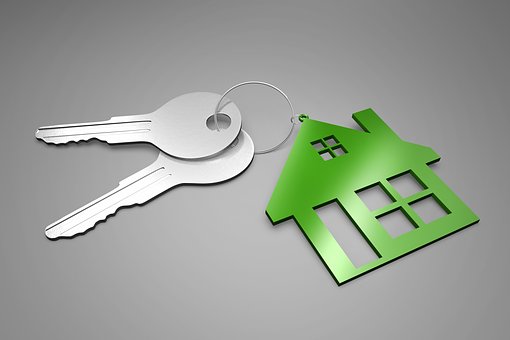A mortgage is defined as a legal document by which a building society or bank lends money to a borrower at interest. In exchange, the lending party takes the title of the debtor’s property and can only be returned upon full payment of the debt.
In other words, a mortgage is a loan given to a borrower by a creditor (usually a building society or bank) and real estate, or property used as collateral. Under this agreement, the borrower obtains money upfront from the lender and makes partial payments over an agreed period until all the money is paid in full. After this, the borrower can then receive their title back from the lender.
Mortgages are divided into different structures, which include the following.

Fixed-Rate Mortgage (FRM)
Under a fixed-rate structures, the interest rate remains the same on the note throughout the term of the loan. It is sometimes called the “vanilla wafer.” While in other types of mortgages the interest rate may “float” or adjust, FRM interest rates are fixed throughout until full payment of the loan.
Adjustable-Rate Mortgage (ARM)
This is a type of mortgage where the interest rate on the outstanding balance changes throughout the existence of the loan. Usually, the first interest rate is fixed over some time, after which it changes periodically, often monthly or every year.
Balloon Mortgage
Balloon mortgages don't wholly amortize over the term of the agreement. As a result, it leaves a balance due to maturity. A balloon mortgage may have a floating or fixed interest rate. The last payment is called a balloon payment due to its large size.
Combination Mortgage
This is a mortgage that contains two distinct loans for the same borrower. The initial investment is for construction of a new home until completion. The second loan pays for the first loan, after which the balance becomes the permanent mortgage on the property.
Interest-Only Mortgage
This is where the debtor only pays the interest on the loan for a specific period. This interest rate can either be fixed or adjustable.
Reverse Mortgage
Reverse mortgages are loans that are regularly secured over a residential property, which enables the borrower to have access to the value of the property. These loans usually are given to older homeowners and typically don’t require monthly mortgage payments.
Under this mortgage, the loan balance is due and payable when the borrower moves away permanently, sells the home, or dies. For this reason, as a lender, it's imperative to structure these transactions in such a way that the loan doesn’t exceed the value of the property. This is to avoid scenarios like holding the borrower’s estate responsible for paying the difference in case of discrepancies. Situations like the borrower living for a long time or a drop in the property’s value should be put into consideration, too.
Government-Backed Mortgage
Under a government-backed mortgage, the loan is subsidized by the government. This is to protect lenders from default payments. As a result, it’s easy for banks to offer borrowers lower interest rates. The main goal for this type of mortgage is to make home ownership affordable on a full scale. Besides, low-income earners and first-time buyers can comfortably own homes, as well. Government-backed loans vary according to the status of the borrower.




